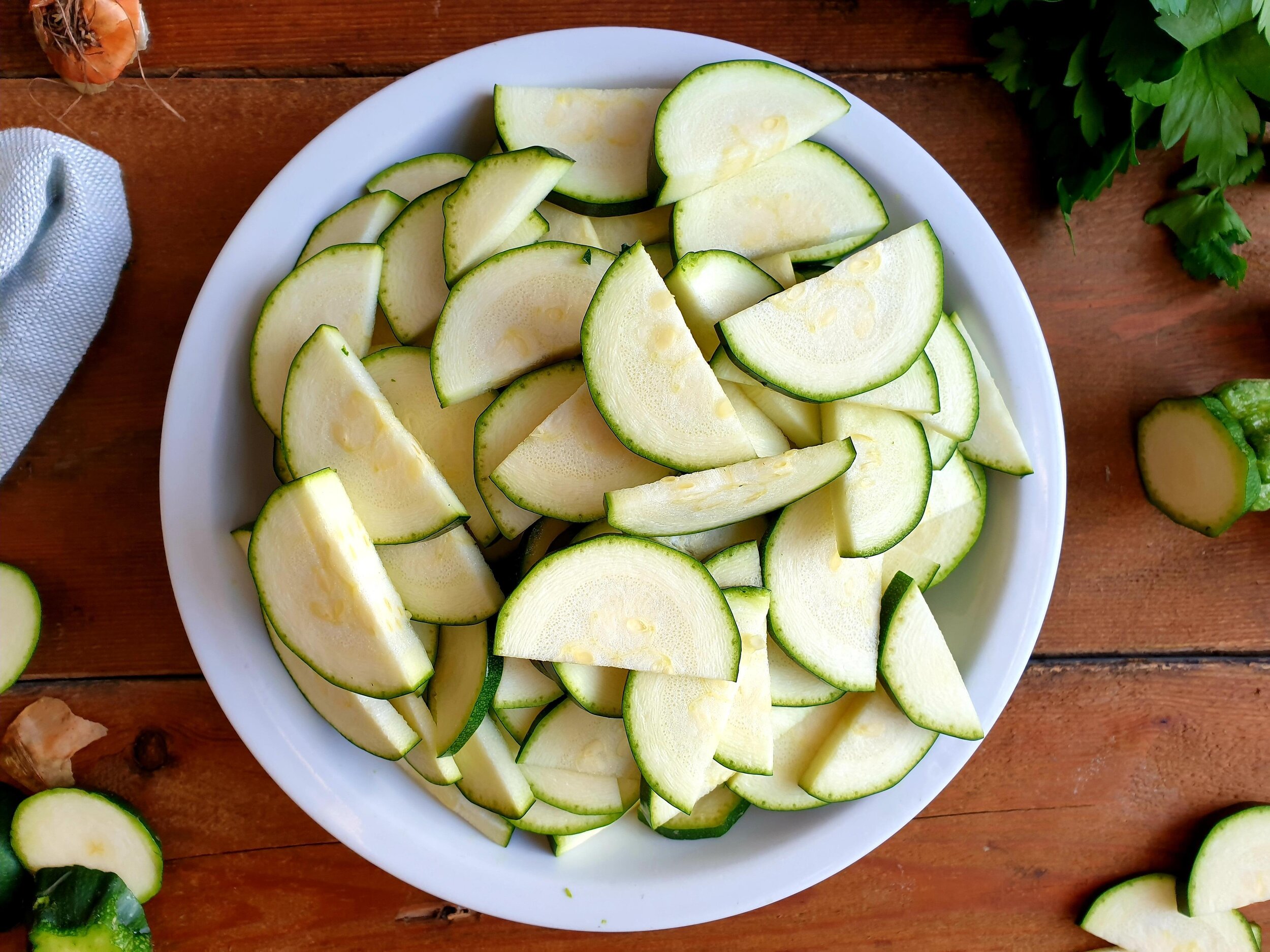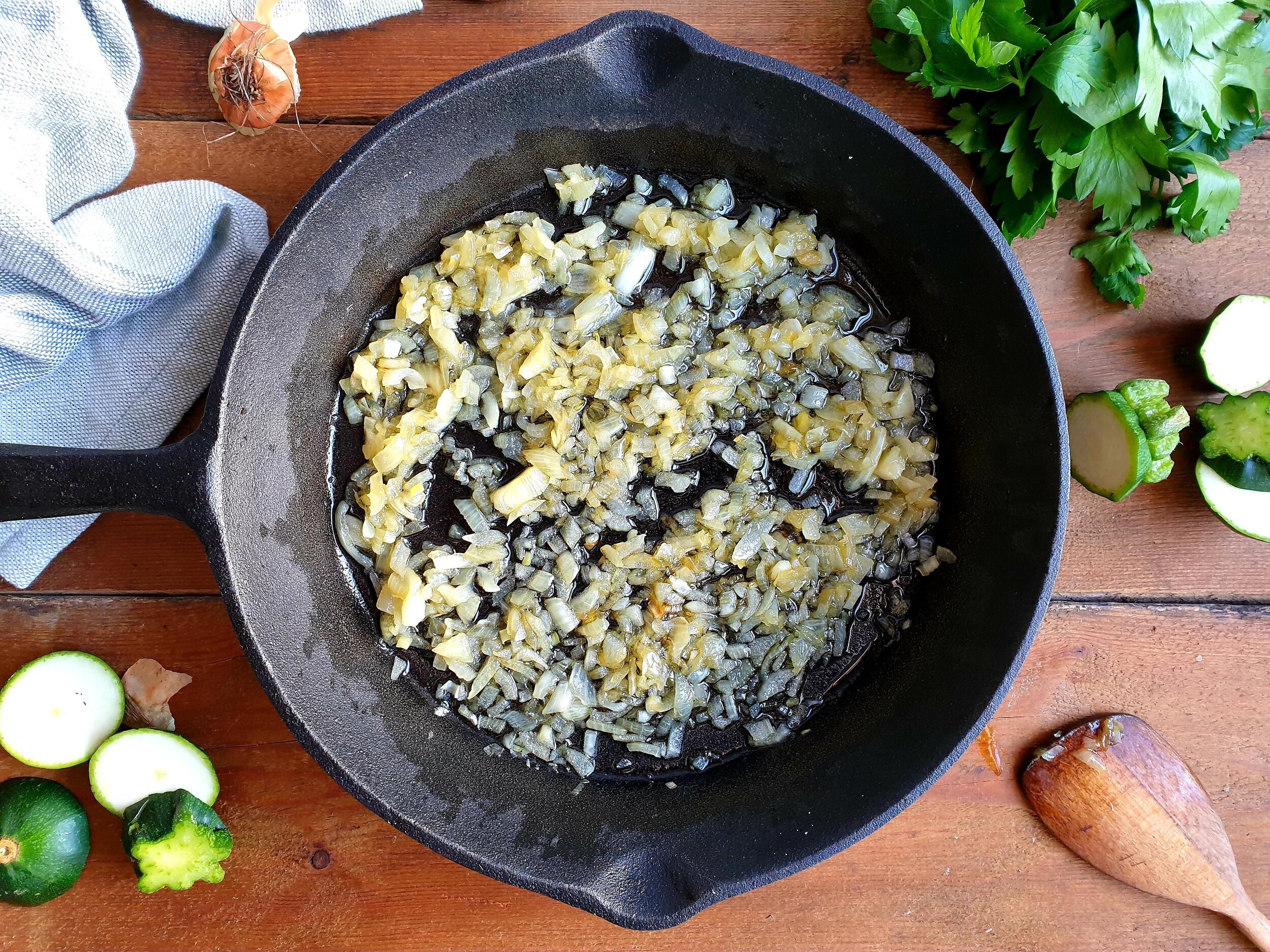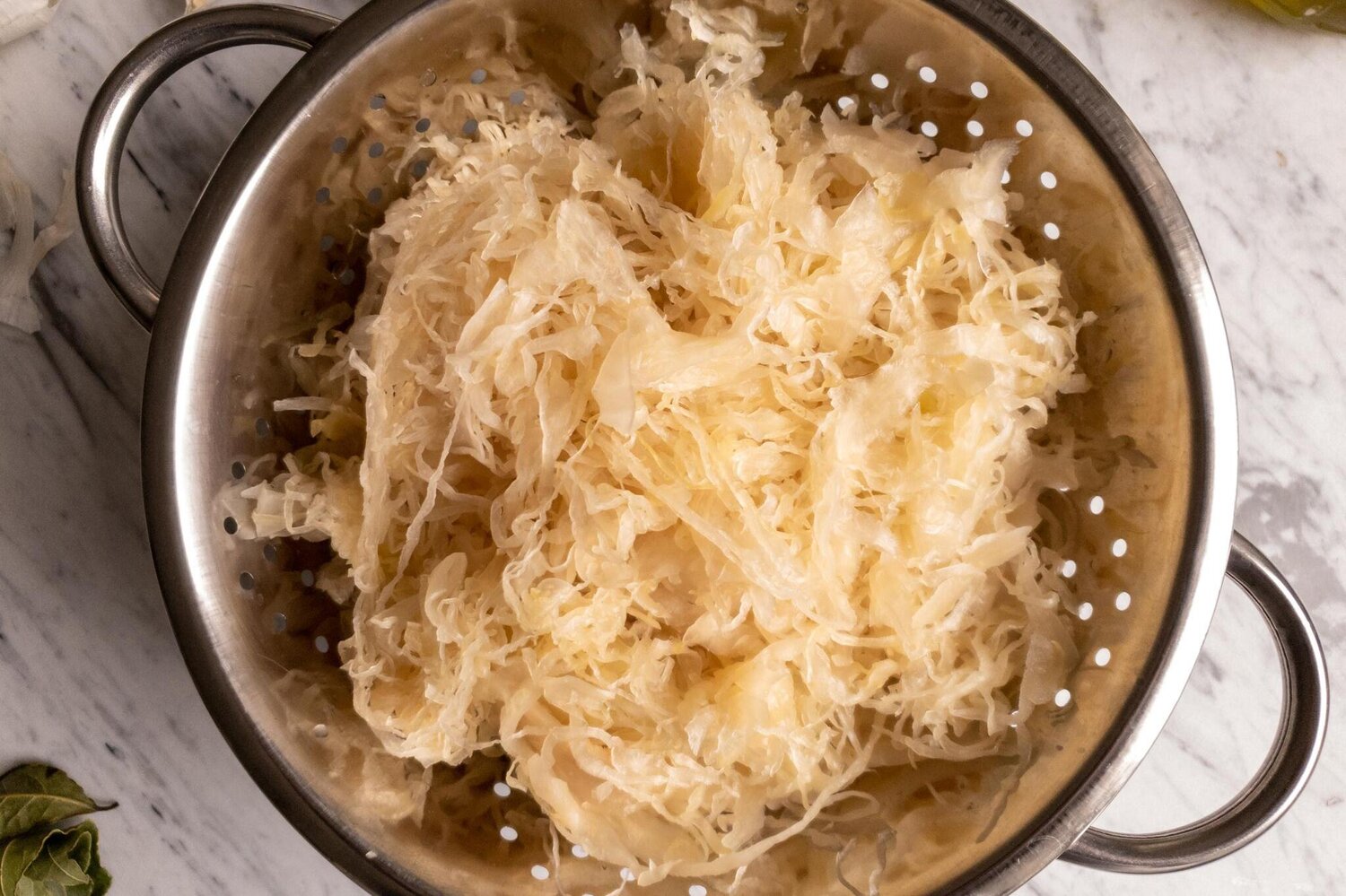Sautéed courgettes with onions and parsley recipe
I simply love cooking with courgettes, this humble vegetable is divine and incredibly versatile.
Courgettes are fantastic when grilled, fried, roasted, used raw in salads, but sautéed courgettes with onions and fresh parsley must be the method I most often return to when cooking with courgettes, as it is a classic side dish to accompany just about any main course.
This is a rustic dish and offers a great deal more than meets the eyes. My mother made this dish on a weekly basis, especially during late spring and summer when they are in season.
In this recipe, the courgettes are slow-cooked until they become creamy, golden in colour and silky in texture, with sweet and caramelized taste.
Courgettes cooked in this way originate from the Italian recipe Zucchine trifolate, where trifolare in Italian simply means a method of preparing vegetables with onions or garlic or both, olive oil, and fresh parsley until they are thoroughly cooked and soft.
And once again, the proximity to Italy of my homeland and the mild climate offering the courgettes in abundance when in season, would explain the popularity of this dish.
Courgettes prepared this way, would most commonly be served as a hot side dish for grilled, barbecued or roasted meat or fish dishes or used as a base for risotto, frittata or omelette or simply stirred through pasta.
Fantastic used in savoury pies and served in a less traditional way, for example stirred through couscous or with jacket potatoes.
At room temperature or cold are a great addition to an antipasti selection and fantastic spooned onto bruschetta with fresh chopped basil or mint if it's summertime.
Ingredients
Serves 4-6 as part of meal
1 kg courgettes (4-6 courgettes roughly, depending on the size)
1 onion (about 150g), finely chopped (you can use garlic instead if prefer or use both)
4-5 Tbsp (about 15g) fresh flat leaf parsley, finely chopped
4 Tbsp extra virgin olive oil
100 ml vegetable stock (you can use good quality instant vegetable stock or water), optional if you prefer a less creamier consistency as an end result.
sea salt
Method
Wash the courgettes under cold running water, dry them a bit, place them on a chopping board, cut off the tops and the bottoms. Cut the courgettes in half and then slice them in half lengthwise.
Slice the courgettes, you should get half moon shaped pieces.
In a large, wide pan put the extra virgin olive oil, heat it a bit, add the onions and sauté them on a fairly low heat for about 10-15 minutes, stirring constantly until the onions become soft and translucent.
Add the courgettes and parsley, sauté them on a medium-low heat for about 20-25 minutes, stirring occasionally to stop them from sticking to the bottom of the pan. By now, almost all the water should evaporate, the courgettes should get softer and start breaking down a bit.
Add vegetable stock or water and cook further for about 25-30 minute on a gentle heat, stirring occasionally now and again.
After this time, the water should be completely evaporated, courgettes broken down and soft, but most probably with not much colour.
Season with sea salt to taste, increase the heat, and cook the courgettes for few more minutes, so they get a bit of a colour. At this stage, they might start to catch a bit and this is exactly what should happen. If they are still not getting the colour, increase the heat a bit and stir them a little more if needed.
The dish is ready when the courgette pieces are golden around the edges and oozy and creamy in the middle.
Just a thought
It is quite common to add a pinch of red chilli flakes for extra kick.
Sautéed courgettes freeze very well, so it might be a good idea to cook in bigger quantities when the courgettes are in season and freeze them.






















